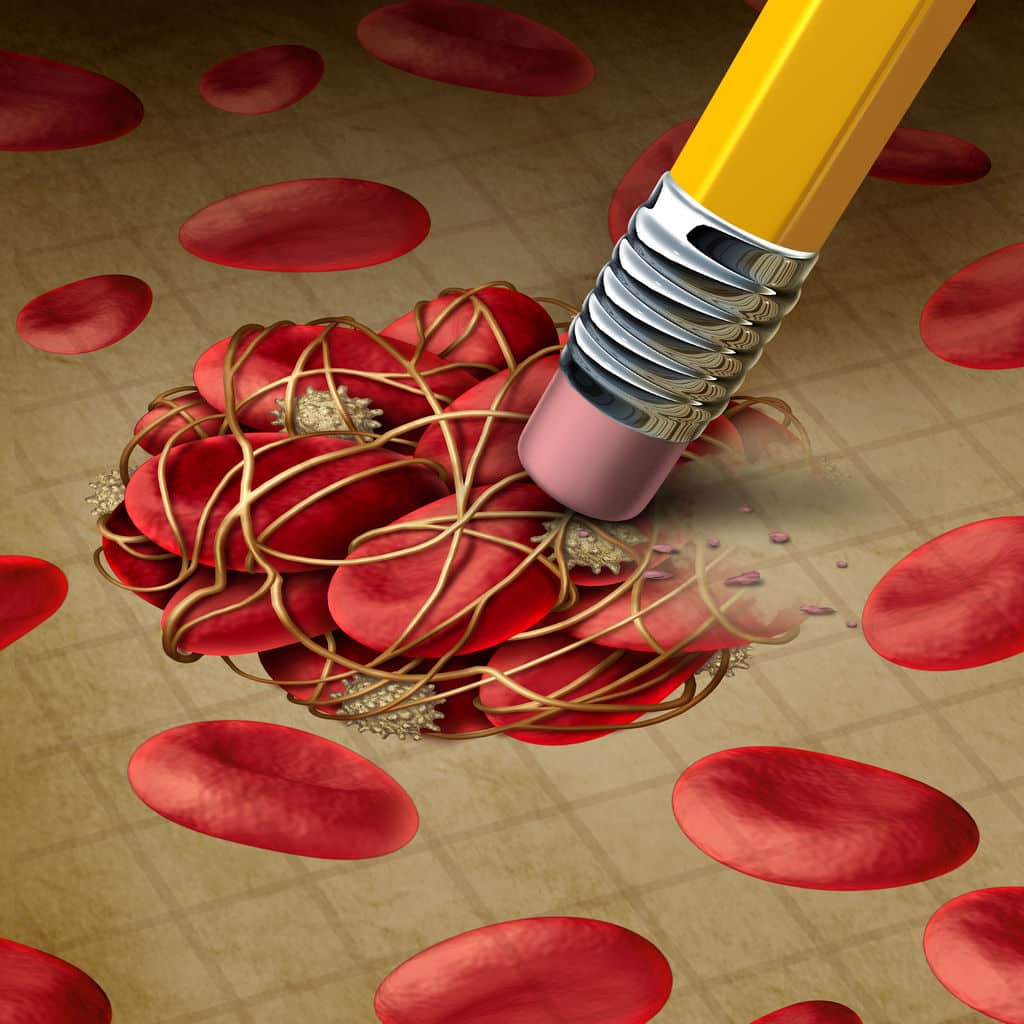
[cmamad id=”5254″ align=”center” tabid=”display-desktop” mobid=”display-desktop” stg=””]
This newsletter explores the reason that so many men have prostate inflammation.
Also called benign prostatic hyperplasia or BPH, it can easily lead to prostate cancer.
But we’ll talk about how to prevent or fix both BPH and prostate cancer.
So, any time researchers need to study something in an animal, they need to give the animal that issue.
And they do this to see how the issue works, how to treat it, or how it reacts to some drug.
But to do any of this, they need the animal to have the issue first.
In this case, they wanted to study prostate inflammation.
So researchers have found a reliable way to give lab animals prostate inflammation.
When they want to give a lab animal BPH, they give the animal high amounts of testosterone and estrogen.
[cmamad id=”5255″ align=”center” tabid=”display-desktop” mobid=”display-desktop” stg=””]
It seems that testosterone and estrogen can cause prostate inflammation pretty reliably.
If you give a dog high amounts of testosterone and estrogen, it will develop prostate inflammation.

The results to follow indicate that BPH can be produced by the chronic administration of estrogen and androgen.
It’s the same in humans.
Men often develop BPH if they have testosterone and high amounts of estrogen.
However, lowering estrogen levels alone doesn’t seem to fix BPH.
Researchers discovered this by giving aromatase inhibitors to men with BPH.
Aromatase inhibitors are drugs that lower the conversion of testosterone into estrogen.
When they gave a group of men aromatase inhibitors, it had really no effect on their BPH.
So just reducing estrogen alone did not do anything to fix their prostate inflammation.

And it’s not like they didn’t lower the estrogen enough — they lowered it pretty significantly.
They lowered estrogen from 55 to 42, which is a fairly substantial reduction (expressed in pMol/L).
Body composition and strength did not change, nor did PSA, BPH symptoms, hematocrit or lipid levels.
So basically lowering estrogen changed nothing and did not fix BPH at all.
However, there have been some important clues recently as to what does cause BPH.
And it DOES have to do with estrogen.
But I think the estrogen is a side effect of the real cause of BPH.
Estrogen doesn’t cause BPH — it results from the original cause of BPH.
What actually causes prostate inflammation is a lack of oxygen reaching the prostate cells.
This condition is called hypoxia, tissue hypoxia.
 One thing that happens in a hypoxia situation is greatly reduced blood flow.
One thing that happens in a hypoxia situation is greatly reduced blood flow.
This lower blood flow often results in lower testosterone levels.
And indeed, the researchers found that in rats with reduced testosterone:
one of the earliest physiologic changes in prostatic tissue is a dramatic reduction of blood flow.
So testosterone levels drop for various reasons.
The estrogen levels remain the same or higher.
But oxygen is much lower, and blood flow to the prostate gland is much lower.
And this is what creates the enlarged prostate gland — and this is also what raises estrogen even higher.
When it is fighting off tissue hypoxia, the body creates more estrogen.
As the researchers note:
mild hypoxia has the potential for increasing tissue mass by directly decreasing local blood flow to that tissue.
This sequence of events may actually be one of the stimulating factors involved in the process of abnormal prostate growth.
The solution to BPH is to increase blood flow to the prostate and to reduce estrogen at the same time.
One of the best ways to do this is with bag breathing.
Bad breathing works by increasing carbon dioxide levels.
And higher carbon dioxide actually raises the oxygen levels reaching the tissues.
Thiamine is another way of increasing carbon dioxide levels in the body.
You can take up to 1000 mg of thiamine, otherwise known as vitamin B1, over a few weeks can increase carbon dioxide levels dramatically.
And therefore also increase the oxygen levels reaching tissue and reduce the hypoxia in the prostate.
Now, the sequence of events that leads to BPH is exactly the same as the sequence of events leading to prostate cancer.
It’s really identical to the events that cause all forms of cancer.
So by preventing or fixing the hypoxia, estrogen levels will fall.
Then the gland will reduce in size, and the likelihood of getting cancer will dramatically fall.
And treating prostate issues may start with something as simple as bag breathing.

http://en.cnki.com.cn/Article_en/CJFDTOTAL-LCMW20050100N.htm
Effects of aromatase inhibition in hypogonadal older men: a randomized, double-blind, placebo-controlled trial
http://onlinelibrary.wiley.com/doi/10.1111/j.1365-2265.2008.03327.x/full
Does the prostatic vascular system contribute to the development of benign prostatic hyperplasia?
http://europepmc.org/abstract/med/12149160

Leave a Reply